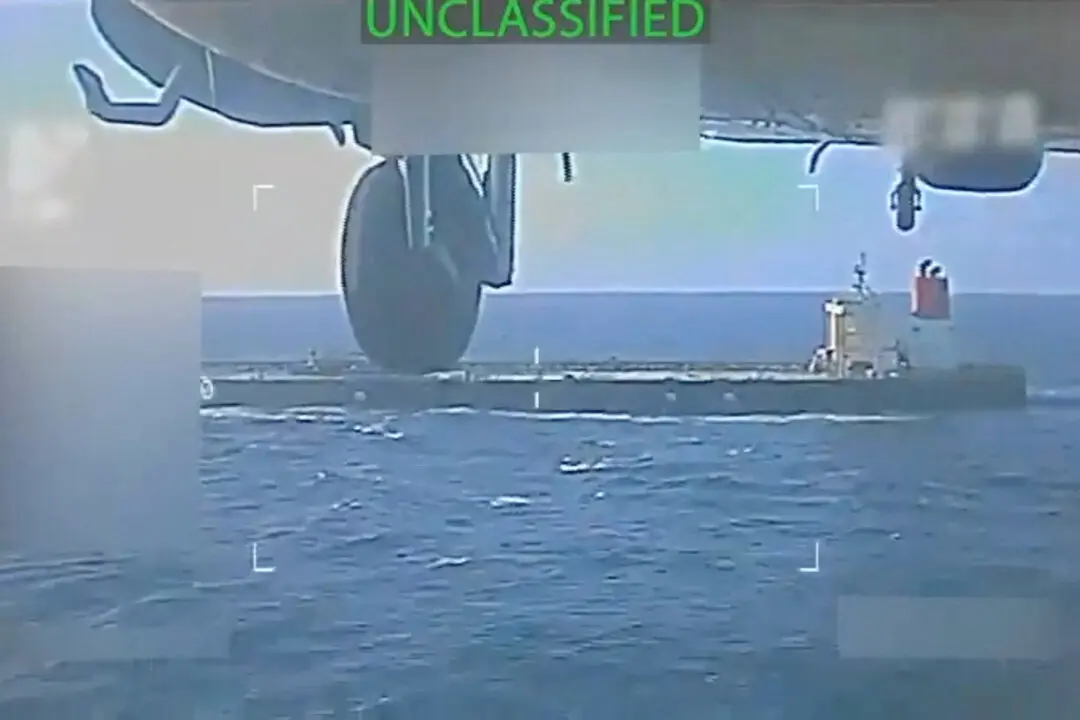The U.S. Bureau of Reclamation, which manages Western states’ water and power systems, said it recently released emergency water reserves from reservoirs upstream of Lake Powell—the second-largest reservoir in the United States.
The agency’s regional director, Wayne Pullan, said that emergency releases from the Flaming Gorge Reservoir will bolster Lake Powell’s water levels so Glen Canyon Dam can continue to generate power.





